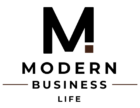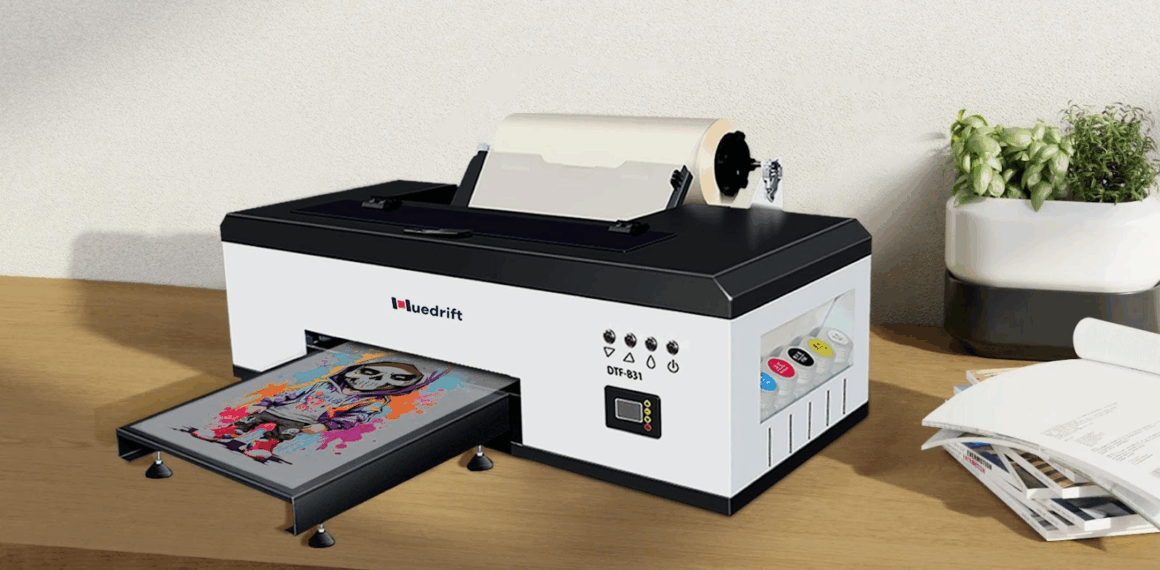Direct-to-Film (DTF) printing is transforming the custom apparel and merchandise market. From t-shirts and hoodies to tote bags and home décor, DTF allows small businesses to produce vibrant, durable designs quickly and efficiently.
However, choosing the right DTF printer is critical. The wrong printer can lead to poor print quality, frequent maintenance issues, and increased costs. In this guide, we’ll walk you through the key factors for selecting the perfect DTF printer for your small business and recommend reliable Huedrift models suitable for various needs.
Understand Your Business Needs
Before purchasing a printer, take a close look at your business requirements:
- Volume: How many prints will you produce daily or weekly?
- Products: Are you printing apparel, bags, or home décor items?
- Growth Plans: Will you stay small-scale or expand production quickly?
- Budget: Consider initial investment and long-term operating costs.
Understanding these factors helps narrow down your printer options and ensures you invest in a machine that aligns with your goals.
Key Factors to Consider When Choosing a DTF Printer
When evaluating printers, pay attention to these essential elements:
Print Size and Capacity
A3 printers are sufficient for small batches and standard products like t-shirts and tote bags. For larger designs or higher volume production, a printer with a wider format or higher capacity may be necessary.
Ink System and White Ink Stability
White ink is critical for vibrant prints, especially on dark fabrics. A printer with a reliable white ink circulation system prevents clogging and ensures consistent print quality.
Print Speed and Efficiency
Faster printers reduce turnaround time and increase your business’s productivity. Consider how many prints you need to complete daily and select a model that meets that demand.
Ease of Use and Maintenance
Printers that are easy to set up and maintain save time and reduce operational headaches. Look for intuitive software, clear instructions, and simplified cleaning routines.
Durability and Reliability
A printer that can handle continuous operation without frequent breakdowns is essential for a small business. Check user reviews and specifications for reliability indicators.
Support and Warranty
Responsive customer service, training resources, and a solid warranty are invaluable when investing in printing equipment.

Recommended Huedrift DTF Printers for Small Businesses
Huedrift offers a range of DTF printers designed to meet the needs of beginners and growing small businesses alike:
- Huedrift One DTF Printer
- Perfect for hobbyists or businesses just starting out.
- Affordable, compact, and easy to use while still delivering professional-quality prints.
- Huedrift Pro DTF Printer
- Ideal for small businesses that need consistent output.
- Balanced speed and print quality with a stable white ink system. Suitable for daily production.
- Huedrift Pro Max DTF Printer
- Designed for higher-volume operations or growing studios.
- Faster, more efficient, and capable of handling larger production runs without compromising quality.
Across all models, Huedrift printers are known for vibrant CMYK + white printing, intuitive operation, and reliable performance, making them a smart investment for small business owners.
Tips for Making the Right Choice
- Match printer capabilities to your current volume rather than only future goals.
- Test small prints before committing to large runs to ensure quality meets your standards.
- Consider the total cost of ownership, including ink, film, adhesive powder, and maintenance.
- Start with a model that can grow with your business, allowing for scalability without frequent upgrades.
Conclusion
Choosing the right DTF printer is foundational for producing high-quality, profitable custom products. Huedrift offers models that cater to every stage of a small business—from beginner hobbyists to scaling entrepreneurs—making it easier than ever to create vibrant, durable prints with confidence.
By carefully assessing your business needs, evaluating key printer features, and selecting a Huedrift DTF printer that fits your goals, you can ensure smooth operations, high-quality output, and sustainable growth for your small printing business.
Frequently Asked Questions
This section covers important details about choosing and using a DTF printer. You will learn what to look for when selecting a printer, how to manage color settings, maintain your machine, and deal with costs and print quality issues.
What factors should be considered when selecting a DTF printer for high-quality prints?
You should look for a printer designed specifically for DTF printing. Key features include compatibility with DTF inks, the ability to print on special DTF film, and reliable color output.
Check the printer’s resolution capability and ink delivery system to ensure vibrant and detailed prints. Also, consider the print speed and build quality for long-term use.
How do you ensure color accuracy and consistency in prints with a DTF printer?
Use ICC profiles that match your printer and ink combination. Calibrate your printer regularly to maintain color consistency.
Make sure you are printing in the correct color mode, usually CMYK, and adjust settings based on the fabric type. Consistent environmental conditions like temperature and humidity can also affect results.
What are the maintenance requirements for keeping a DTF printer in optimal condition?
Clean the print heads regularly to prevent clogging. Use cleaning solutions recommended by the printer manufacturer.
Perform routine checks on the ink system and film path to avoid jams and spills. Follow a scheduled maintenance plan to extend the printer’s lifespan and maintain print quality.
What are the cost implications of using a DTF printer for various print volumes?
Initial investment includes the cost of the printer, inks, films, heat presses, and adhesive powders. These can be significant for high-quality machines.
For low volumes, material costs per print may be higher. Larger print runs benefit from economies of scale, reducing the cost per unit.
Can you provide an overview of the printing process with a DTF printer?
First, you create a digital design and print it onto DTF film using DTF inks. Next, you apply a hot-melt adhesive powder to the wet ink.
The powder is cured with heat to fix it in place. Finally, use a heat press to transfer the design from the film onto the fabric.
What troubleshooting steps should be taken if there are issues with the DTF print quality?
Start by checking for clogged print heads or improper ink flow. Clean the printer heads if needed.
Verify that the adhesive powder is evenly applied and properly cured. Adjust heat press settings for temperature and pressure to improve adhesion and print sharpness.

